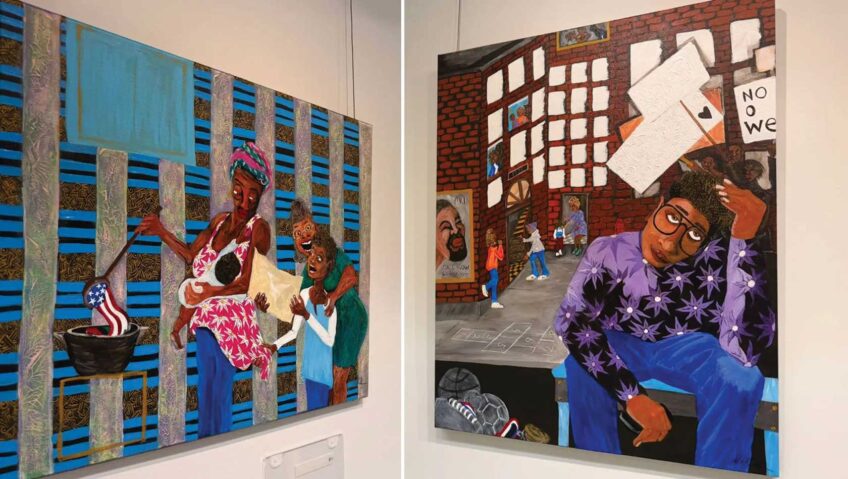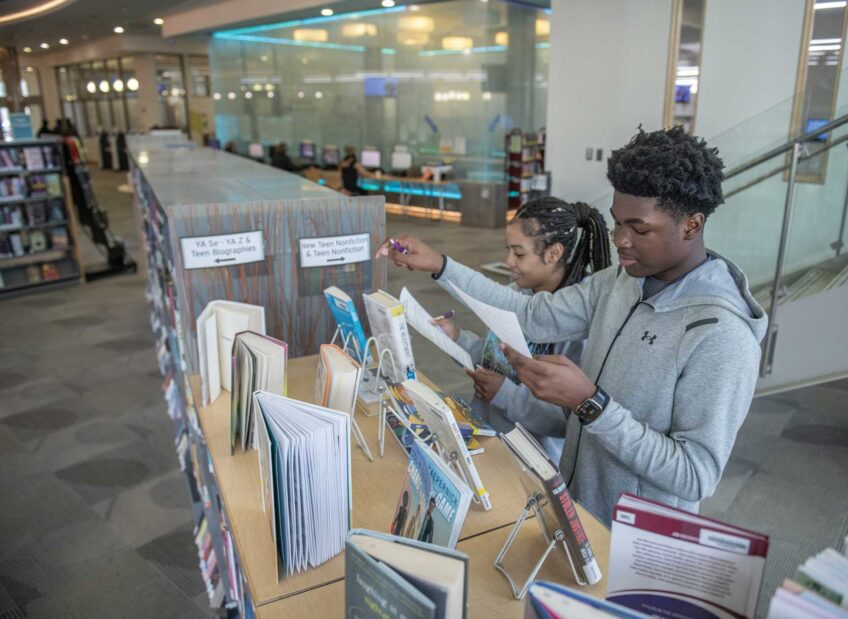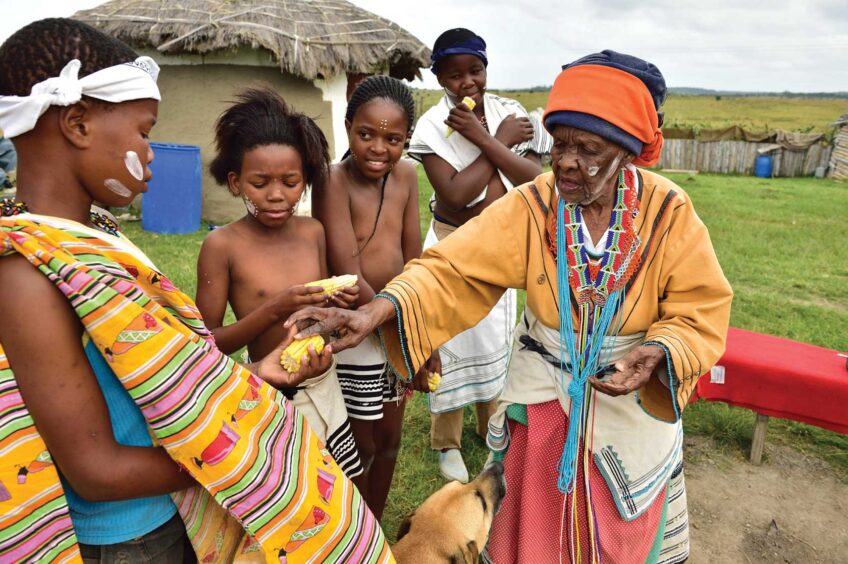Racial bias: A dangerous ‘blindspot’ in our society
Harvard psychology professor Mahzarin Banaji, has titled her most recent book: Blindspot: The Hidden Biases of Good People.
In a 2010 episode of ABC’s “What Would You Do?” a white teenage boy is filmed at a park as he attempts to break a lock on a bicycle. He may be stealing the bike or he may have simply lost his key.
Hidden cameras capture the responses of passersby. Over the course of an hour, several slow down and stare, a few ask him what he is doing, but only one couple report him.
Later, a black teenager — same age, same dress, same park, same actions — replaces the white youth. Within five minutes, he is circled by angry onlookers who accuse him of stealing, take photos of him with their cell phones, yank his tools away and call the police.
When the teenager was white, most people assumed he was tinkering with his own bicycle. When he was black, they believed they were witnessing a theft.
The individuals making these assumptions weren’t racist or bad people. They were simply drawing conclusions based upon biases, which, in all likelihood, they were completely unaware they held. In fact, one man who was interviewed vehemently denied that race played a role in his decision to contact the authorities, insisting “he could have been any color.”
Recently, we witnessed this same phenomenon play out as the nation frantically sought to help the FBI identify the Boston Marathon bombers. In the first hours after the bombing, media attention focused on a student from Saudi Arabia who was “acting suspiciously.”
Just how, exactly?
He was seen running away from the explosion, like everyone else. But his race and ethnic origin turned him into a “person of interest” who was interviewed by the police and whose roommate was questioned by reporters. Several days later, the photograph of a 17-year-old high school track star, who happens to be Moroccan, showed up on the front page of The New York Post, under the heading: “Bag Men: Feds seek these two pictured at Boston Marathon.”
After his identity was revealed online, strangers accused him of committing the atrocities on his Facebook wall. He feared for his life, figuring that his brown skin, combined with his backpack, was enough to turn him into a terrorist in the eyes of at least some of the public.
And yet, something very different happened immediately after the image of Dzhokhar Tsarnaev was first shown on television and identified by the FBI as a suspect. People who knew him well could not recognize him. “We made a joke like — that could be Dzhokhar,” said one friend. “But then we thought it just couldn’t be him. Dzhokhar? Never.”
Until his identity was definitively revealed on television, some of his friends literally refused to acknowledge the familiar face on the screen. “He was so much like me,” many of them seemed to be saying “… therefore he couldn’t have done this.”
It is no accident that one of the nation’s leading researchers on implicit bias, Harvard psychology professor Mahzarin Banaji, has titled her most recent book: Blindspot: The Hidden Biases of Good People. She and her colleagues have studied brain architecture, and discovered that we allocate one part of the brain for thinking about ourselves and those “like us,” and a different part for considering the “other.”
Not surprisingly, it is much easier for us to access empathy and sympathy from the brain neurons reserved for ourselves and folks like us, than from the parts of our brain that view people whom we perceive to be different. Banaji recently stated that, today, when most overt acts of discrimination are both illegal and socially taboo, “prejudice proceeds” not from whom we exclude or push away so much as “from whom we choose to help out.” Or, perhaps, from whom we choose to give the benefit of the doubt.
Thankfully, those individuals falsely identified as suspects by the media and public suffered only a day or two of terror and fear, rather than weeks, months or even years of living under a cloud. But there is a cautionary tale in this as well.
The implicit biases that allow us to view a student running away from an explosion as suspicious, yet cannot recognize a face we see every day, can be mitigated, but only if we acknowledge and work to overcome them. Otherwise, this same scenario will play out over and over again, often to tragic and unjust ends.
Johanna Wald is director of strategic planning at the Charles Hamilton Houston Institute for Race and Justice, Harvard Law School






